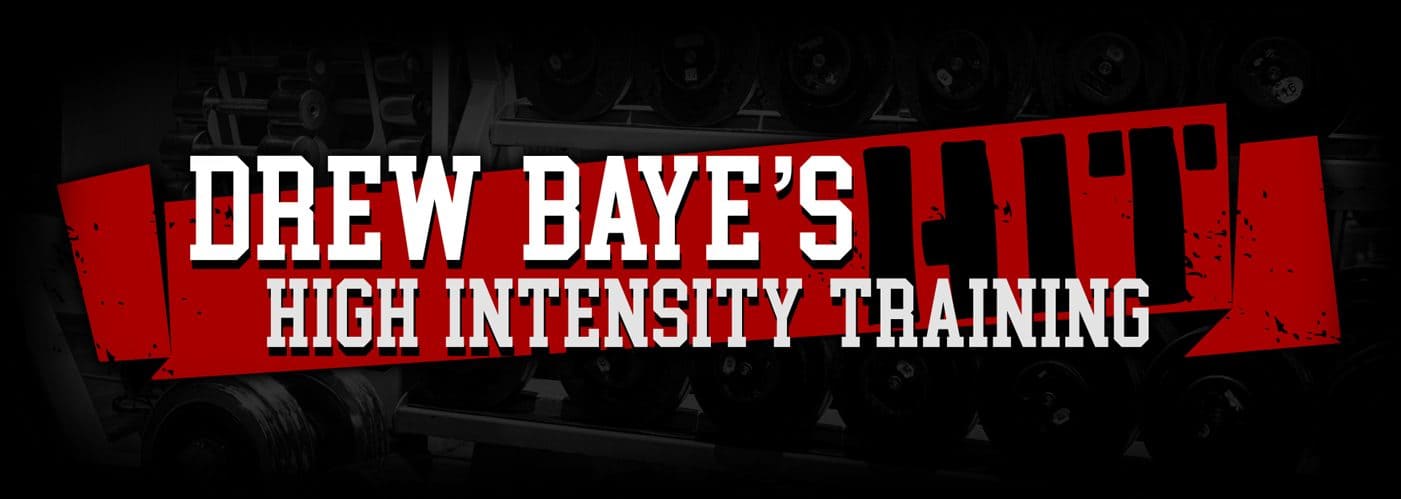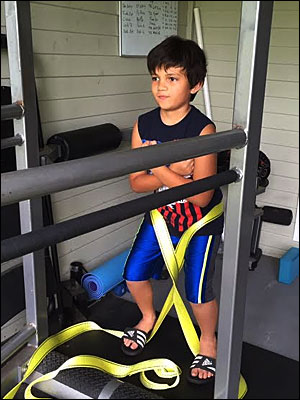Question: Thanks for your article on teaching children to exercise. Your arguments about telling if a child is ready to perform HIT exercise seem mainly based on the ability of a child to be serious and mature enough to get involved in training. I have always learned children should not perform weight training as long as they are still growing because resistance training would impair longitudinal growth of the bones. What’s your take on this?
Answer: Proper strength training will not stunt a child’s growth. The belief that it does probably resulted from people confusing correlation for causation when observing the stature of athletes in sports like Olympic weightlifting, power lifting, and gymnastics which require a high strength to bodyweight ratio. Shorter limbs are advantageous for these activities because they provide better leverage for lifting, so people who are shorter will tend to select themselves for and perform better in them. These activities don’t make people shorter, they are just more attractive to shorter people because they’re easier for them so you’ll see more short people participating.
On the opposite end of the spectrum are sports like basketball and volleyball. These activities don’t make people taller, they are just more attractive to taller people because their greater height and reach is advantageous so you’ll see more tall people participating. Proper strength training will no more stunt a child’s growth than playing basketball will make them grow taller.
The reason I emphasize proper strength training is that while strength training is one of the safest things you can do if you’re doing it right it can be very dangerous if you’re doing it wrong. Cases of spine and growth plate injuries which negatively effected height were caused by injuries resulting from improper performance. According to a 2009 review on research of strength training in children and adolescents from 1980 to 2008,
The case reports of injuries related to strength training, including epiphyseal plate fractures and lower back injuries, are primarily attributed to the misuse of equipment, inappropriate weight, improper technique, or lack of qualified adult supervision.
If children are taught to strength train properly their risk of injury is incredibly low. For general guidelines on proper strength training read the following articles elsewhere on this blog:
Safety Considerations for Exercise
How To Train Intensely Without Wrecking Yourself In The Process,
How To Correctly Use A Barbell, And How NOT To
Dahab, Katherine Stabenow, and Teri Metcalf McCambridge. “Strength Training in Children and Adolescents: Raising the Bar for Young Athletes?” Sports Health 1.3 (2009): 223–226. PMC. Web. 12 Sept. 2015.


Comments on this entry are closed.
Thank you again for awesome information. I have been teaching martial arts for 15 years now. I’ve been training athletes body weight and weight training for about the same amount of time. Your bodyweight training book exceeded my expectations. At first sight it was basic no bells and whistles. The truth is in the performance an execution of the exercises. One of the surprising things I have seen is athletes who have trained at a young age are not riddled with injuries or short and stocky as most people would think. No this is through my observation of course but I am in the belief that training at a young age will benefit an individual in the long run if done the exercises properly.
Well I know you advocate the technique of contraction versus heavyweight. I would like to see a book about hit training for powerlifters. I figured you can team up with your friend and one of your previous articles written about powerlifting.
Hey Jancel,
Thanks, I’m glad you like the book. A proper exercise program will definitely benefit children in the long run, and as long as they’re taught to do it correctly they’re unlikely to be injured.
If Doug is interested in working together on a HIT powerlifting book I’ll write one with him.
Drew, what type of material is the strap shown in the picture above? I’m looking to buy one on amazon or online for my TSC Squats, but I want one that doesn’t dig in to my back. Thanks!
Hey Scott,
It is a two-inch wide 15,000 pound capacity auto towing strap I bought at Home Depot.
Thank you Drew. I purchased one on amazon that is a 2″ by 8′ nylon strap called a “DD sling”. I’ll be testing it out for TSC squats as my wall sits have gotten to >5 minutes.
Hey Scott,
The DD slings are the same as the vehicle recovery straps with loops and will work just as well. Eight feet should be enough for most exercises.